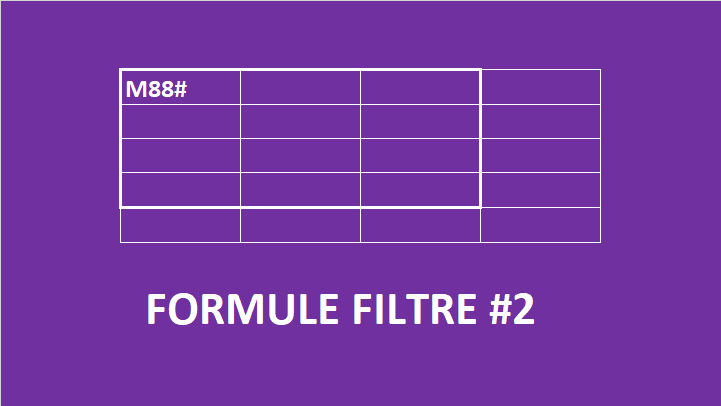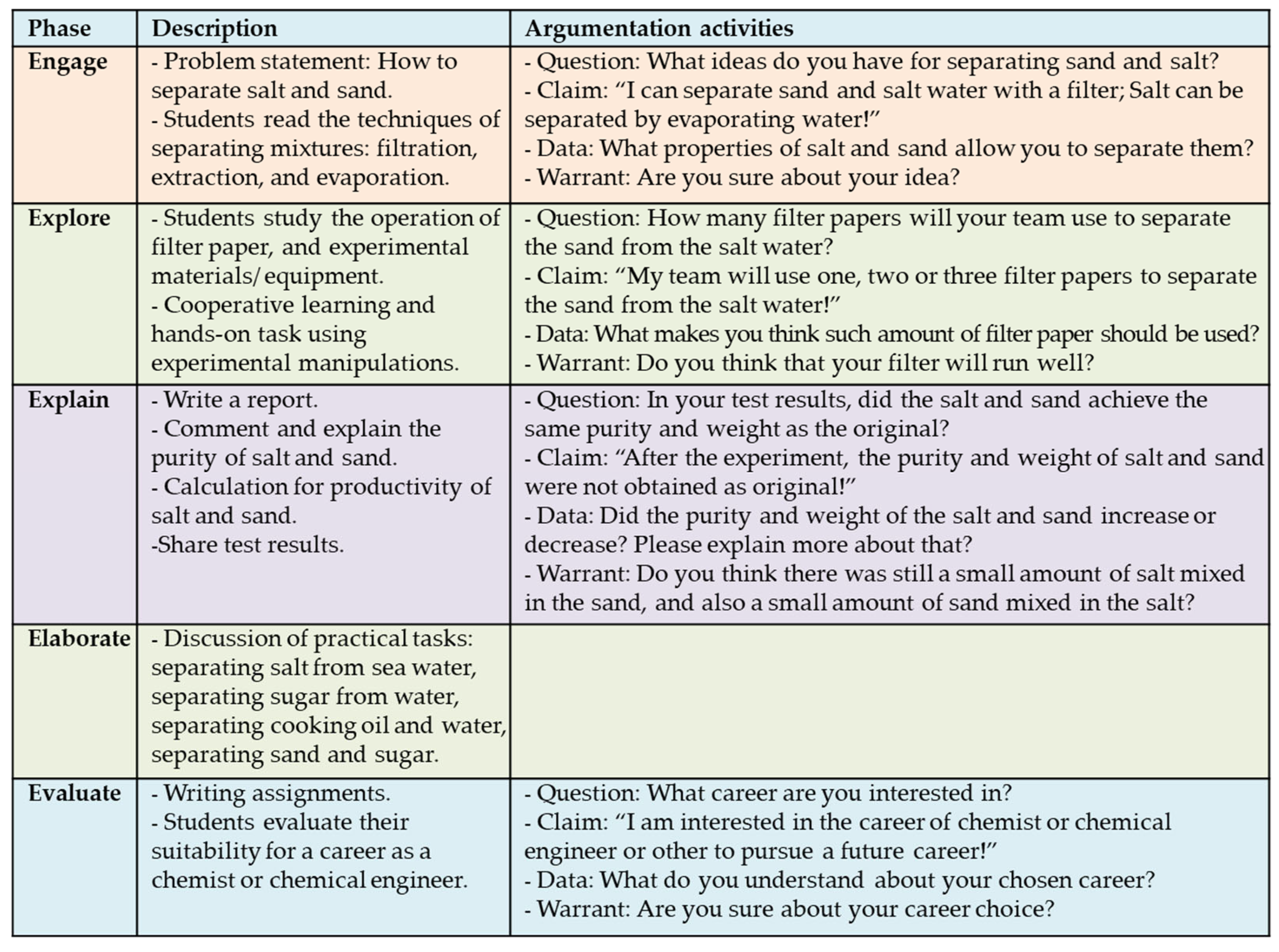Education Sciences, Free Full-Text
4.6 (490) · € 24.00 · En Stock
5E-based science, technology, engineering, and mathematics (5E-STEM) education is known to be one of the most used pedagogical models in STEM-oriented science courses for middle school students. However, the 5E model lacks a clear explanation of how STEM subjects are strongly linked in each of its operational “E”. In this study, a novel approach was proposed with the use of the argumentation-supported 5E-STEM (A-5E-STEM) model in the science curriculum. The purpose of this study was to examine the differences in learning achievements, learning motivation, learning interest, and higher-order thinking skills of middle school students between teaching science using A-5E-STEM, 5E-STEM, and conventional didactic methods. A semi-experimental study with post-test only non-equivalent groups design was used. A “Separating Mixtures” unit in the 6th grade Natural Science curriculum was designed with A-5E-STEM and 5E-STEM model orientation. The participants were three 6th grade classes with a total of one hundred and twenty students at a public middle school in Hanoi City, Vietnam. The first experimental group was taught science using the A-5E-STEM model, the second experimental group was taught science using the 5E-STEM model, and a control group was taught the science unit with conventional didactic methods. A post-test was used to collect data on learning achievement, and questionnaires were used to collect data on learning motivation, interest, and higher-order thinking skills of middle school students in the science curriculum. The findings showed that the effect of teaching science using the A-5E-STEM model on learning achievement, motivation, interest, and higher-order thinking skills of middle school students was significantly superior to that of the 5E-STEM model and conventional didactic methods. Therefore, science teachers are expected to increase the use of the A-5E-STEM model in their related curriculum.

Bloomsbury Education on X: ⭐ FREE POSTER ⭐ Download our brand
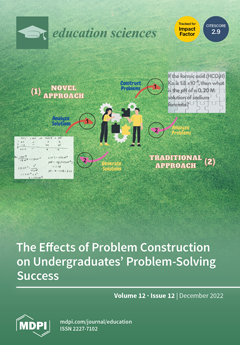
Education Sciences December 2022 - Browse Articles

Engaging Children in Science Education - Join the discussion!
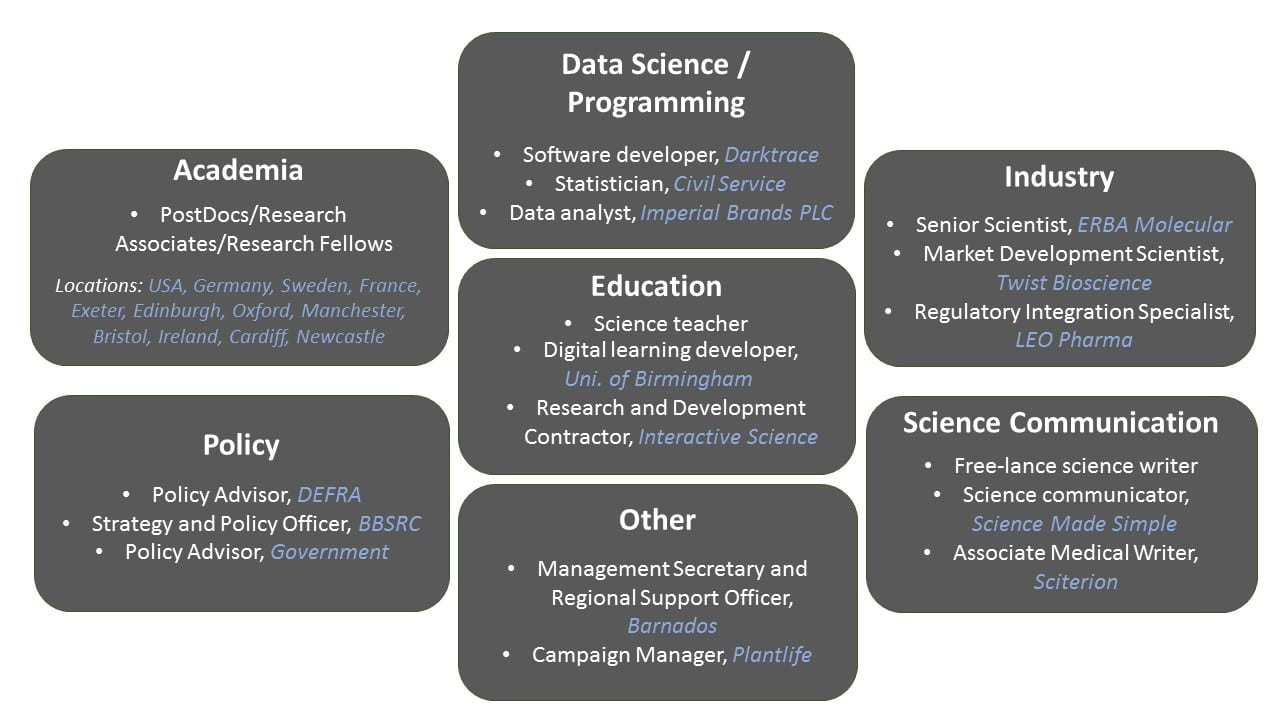
Meet our Alumni – SWBiosciences Doctoral Training Partnership

Juan Domingo Farnós Miró on LinkedIn: Education Sciences
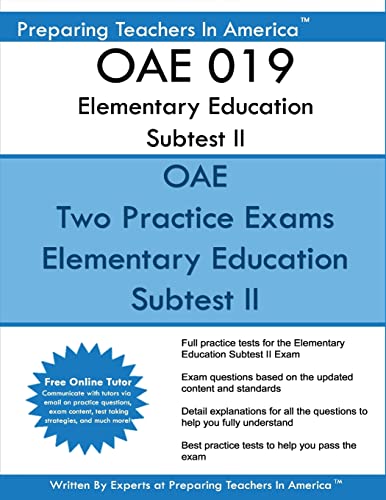
OAE 019 Elementary Education Subtest II: OAE 019 Mathematics

Moon Phase Moon Gothic Girl Magic Witch World Education Science

PDF) Sawant, S. S. (2012). The study of the use of Web 2.0 tools
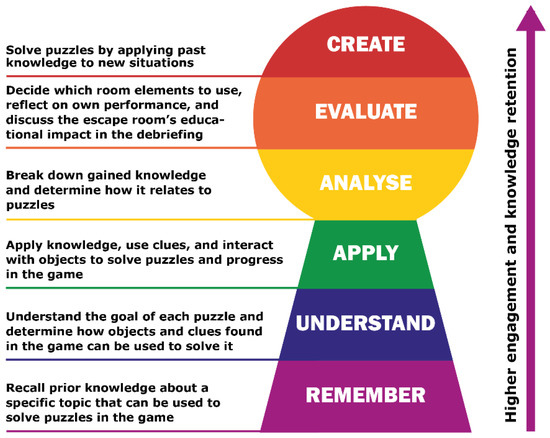
Cambridge International As Und Ein Level Business Revision Guide

Education Sciences, Free Full-Text, tay training.edm.tv.br
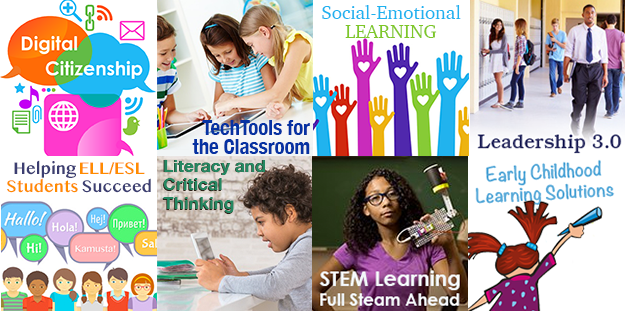
Join a Professional Learning Community - edWeb

Education Sciences, Free Full-Text
Minimal education pattern decoration with atomic structure, pencil

Vol. 5 No. 3 (2016): International Journal of Psycho-Educational











